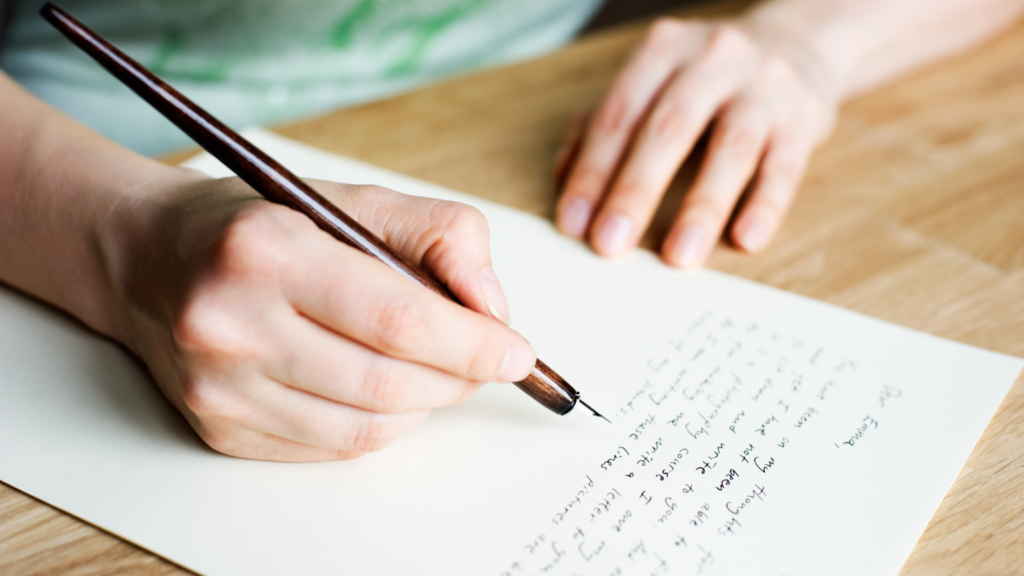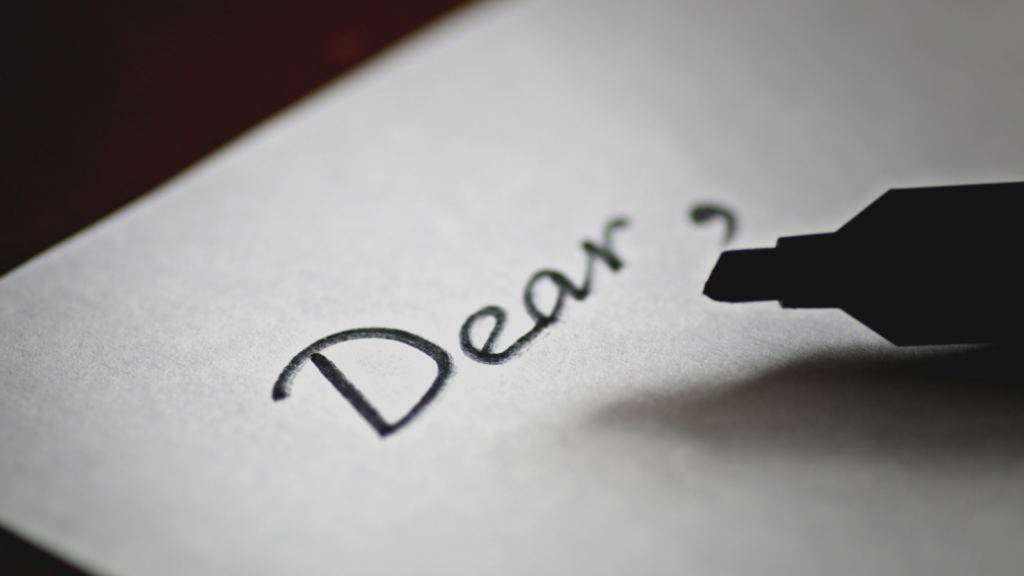
Understanding the correct LLC code format of a personal letter is crucial. It’s not just about what you say, but how you present it. This article will guide you through the nuances of personal letter formatting, ensuring your message isn’t lost in translation. From salutations to sign-offs, we’ve got you covered. Let’s dive into the charming world of personal letters and revive this timeless form of communication.
Personal Letter Format
Importance of Proper Formatting

Diving deeper into personal letters, one need to know the intricacy of the correct format. Carefully crafted layouts ensure clarity, facilitating effective agency communication.
Optimal formatting can elevate personal letters. Precise layouts foil confusion, fostering understanding between correspondents.
A personal letter includes identifiable components. These, namely headings, salutations, body text, and sign-offs, make up the letter’s structure.
Different Types of Personal Letters
In the world of personal letters, variety abounds. They differ based on their purpose and the sentiment they aim to convey.
Personal Thank-You Letters
A personal thank-you letter expresses gratitude. It establishes connection, often sent after receiving gifts, favors, or kind gestures.
Apology Letters
An apology letter manifests remorse. It becomes crucial when words fail in person, signifying contrition and an urge to make amends.
Congratulation Letters
Congratulation letters celebrate successes. They laud accomplishments, achievements, or favorable events, boosting morale while acknowledging hard work.
Key Elements of Personal Letter Format
A personal letter format comprises fine details that make for clear communication. Explore the essentials: Salutation, letter body, and the signature.
Salutation/Body/signature

Engage with a respectful salutation at the start—think “Dear [Name].” Conclude with a cordial closing, such as “Sincerely” or “Best.”
Ensure the body shares insights, feelings or information. Divide it into paragraphs for clarity, thematic distinction and ease of reading.
A personal letter isn’t complete without your sign-off. Add your name, leaving a space below the closing, signifies authenticity.
Creating a Personal Letter Format
Understanding how to create a personal letter format ensures effective, meaningful communication. Let’s delve into a couple of crucial aspects that demand attention.
Guidelines for a Professional Approach
Adopt a professional tone, even in personal letters. Ensure correct spelling, grammar, and punctuation to maintain a high degree of professionalism.
Personalizing Your Letter
Personalization in letters helps enkindle a connection. Use the receiver’s name and share meaningful experiences or thoughts to strike a personal chord.
Presentation of Personal Letter
Presenting a personal letter involves considering numerous factors, including the choice of paper and the medium of writing. These elements significantly contribute to the overall appeal and conveyance of the intended message.
High-quality paper and a matching envelope signify careful thought and attention, mirroring your sentiment in a tangible form.
Handwritten letters carry a personal touch, but digital letters offer convenience and speed, both serving different communication needs.
Dos and Don’ts of Personal Letter Writing

Mastering the art of personal letter writing involves adhering to certain guidelines and sidestepping common mistakes. In this section, we unravel the etiquette behind this communication.
Shortcuts in language, like text-speak, mar regulations of personal letters. It’s crucial to abstain from informal language, promoting clarity and professionalism.
Being genuine and empathetic paves the way for effective personal letters. It’s beneficial to maintain sincerity and convey feelings with respect.
Understanding Structure
Understanding the art of personal letter writing is more relevant than ever. It’s not just about knowing the structure – headings, salutations, body text, and sign-offs – but also about recognizing the emotional weight these letters can carry. Whether it’s a thank-you, an apology, or a congratulation letter, each type has its own unique touch. The choice of paper and writing medium can also make a significant difference in how the message is received. Handwritten letters have their charm, while digital ones offer convenience.

Aisha Noreen is an owner of a small business with more than 9 years of experience in the marketing industry. With the wisdom of an old soul, she always seeks innovation and mind-blowing ROI techniques. Her unique approach helped many small businesses thrive and she can surprise you in many ways as well. Believe it or not, her energy, passion, and creativity are contagious enough to transform your business and take it to another level.
